When we think about the roof over our heads, we often take it for granted until something goes wrong. Whether it’s a leak during a storm or visible wear from years of harsh weather, roof issues tend to surface at the most inconvenient times. That’s why understanding the essentials of roof repair for homes is more than just a good idea, it’s a responsibility. The repair process doesn’t stop at patching holes; it often involves a series of crucial steps, including debris removal, inspection, and preventative maintenance. It’s also important to understand what most homeowner’s insurance policies will or will not cover when it comes to roof repair or roof replacement.
In this article, we’ll guide you through the key things every homeowner should know before starting any roofing project. From understanding the warning signs and choosing the right roofing materials, to working with a trusted roofing contractor and reviewing your homeowner’s insurance options, we’ve got you covered. At M&E Painting and Roofing, we believe informed homeowners make smarter, safer decisions, and we’re here to help you do just that.
What Is Roof Repair for Homes and Why Is It Necessary?

When it comes to roof repair for homes, understanding the value of timely service is critical. A small leak today can turn into costly repairs tomorrow if left unchecked. Whether it’s damaged shingles, moisture creeping in from the edges, or more extensive structural concerns, roofing issues can impact the entire home.
The purpose of roof repair isn’t just about fixing leaks; it’s about protecting your family, your belongings, and the integrity of your investment. Regular maintenance ensures you avoid extensive damage from weather, fallen branches, and aging roofing materials.
How Can Asphalt Shingles Affect the Lifespan of Your Roof?
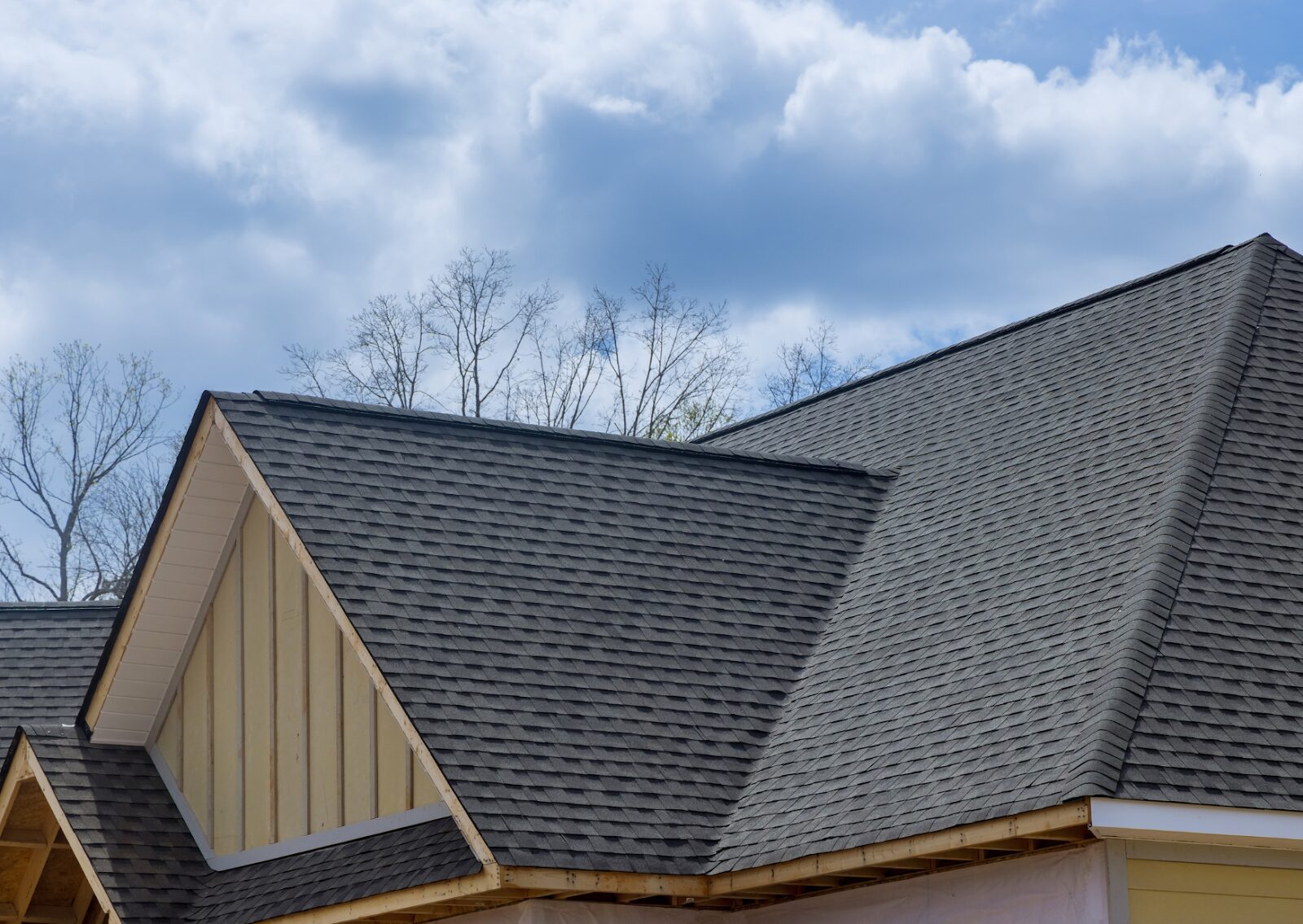
Asphalt shingles are among the most common roofing materials in residential areas due to their affordability and ease of installation. However, they’re not immune to weathering. Severe weather events can lead to missing or damaged shingles, exposing the roof deck to moisture damage.
Using high-quality asphalt shingles and ensuring they’re properly installed by a professional roofer can significantly extend the life of your roof. Periodic roof inspections will help detect problems early, especially after severe weather like hail or strong winds.
What Should You Do When You Suspect a Roof Leak?
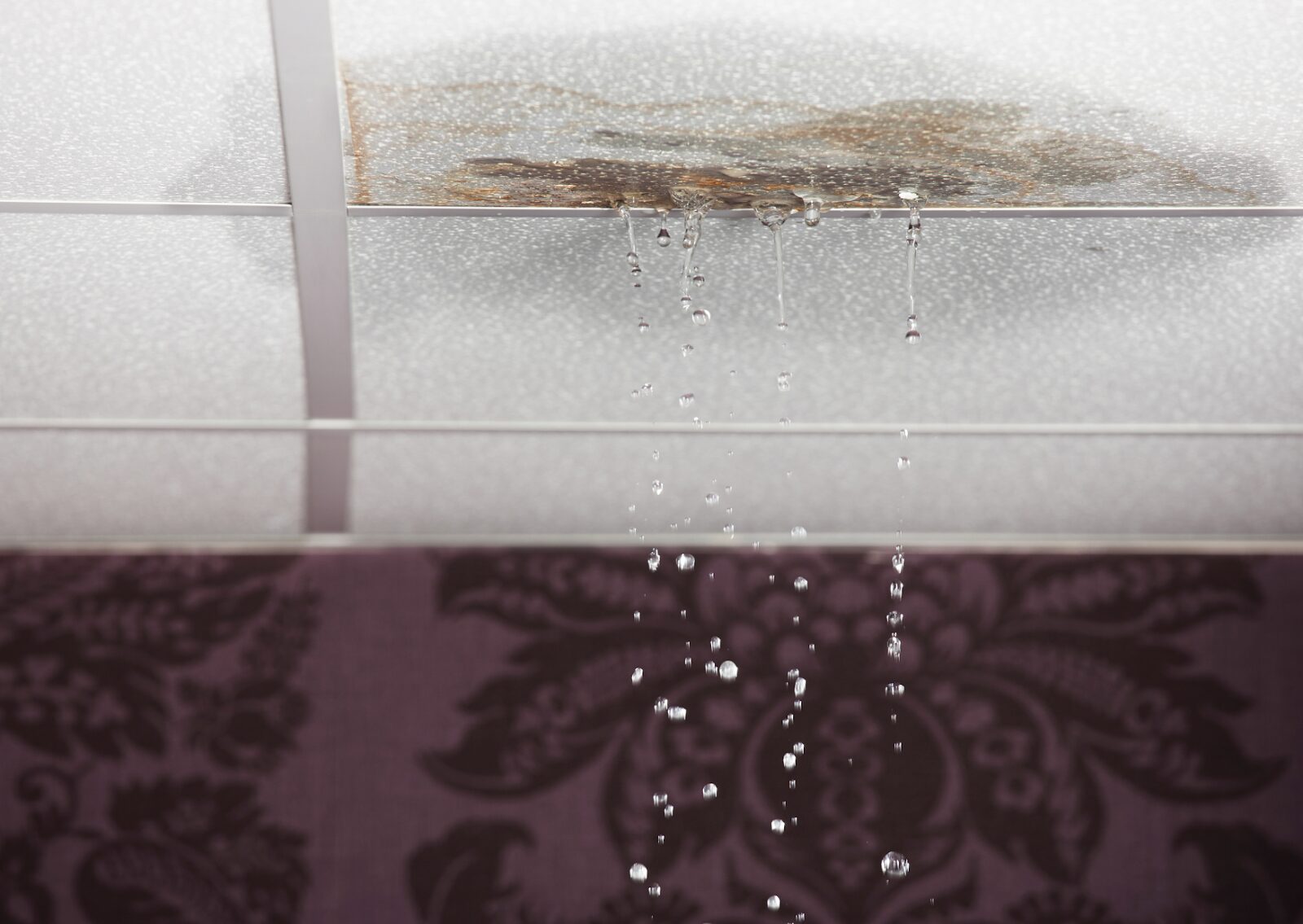
Even a few drops of water on your ceiling can indicate a serious problem. Roof leak repair should be handled immediately to prevent further damage. Common signs include water stains on ceilings or walls, mold growth, and a musty odor.
If you spot signs of a leak, don’t wait. A professional inspection can confirm the issue. It might be something as simple as a few missing shingles or as complex as a worn roofing system. Either way, prompt repairs are essential.
Why Is a Professional Roof Inspection the First Step?
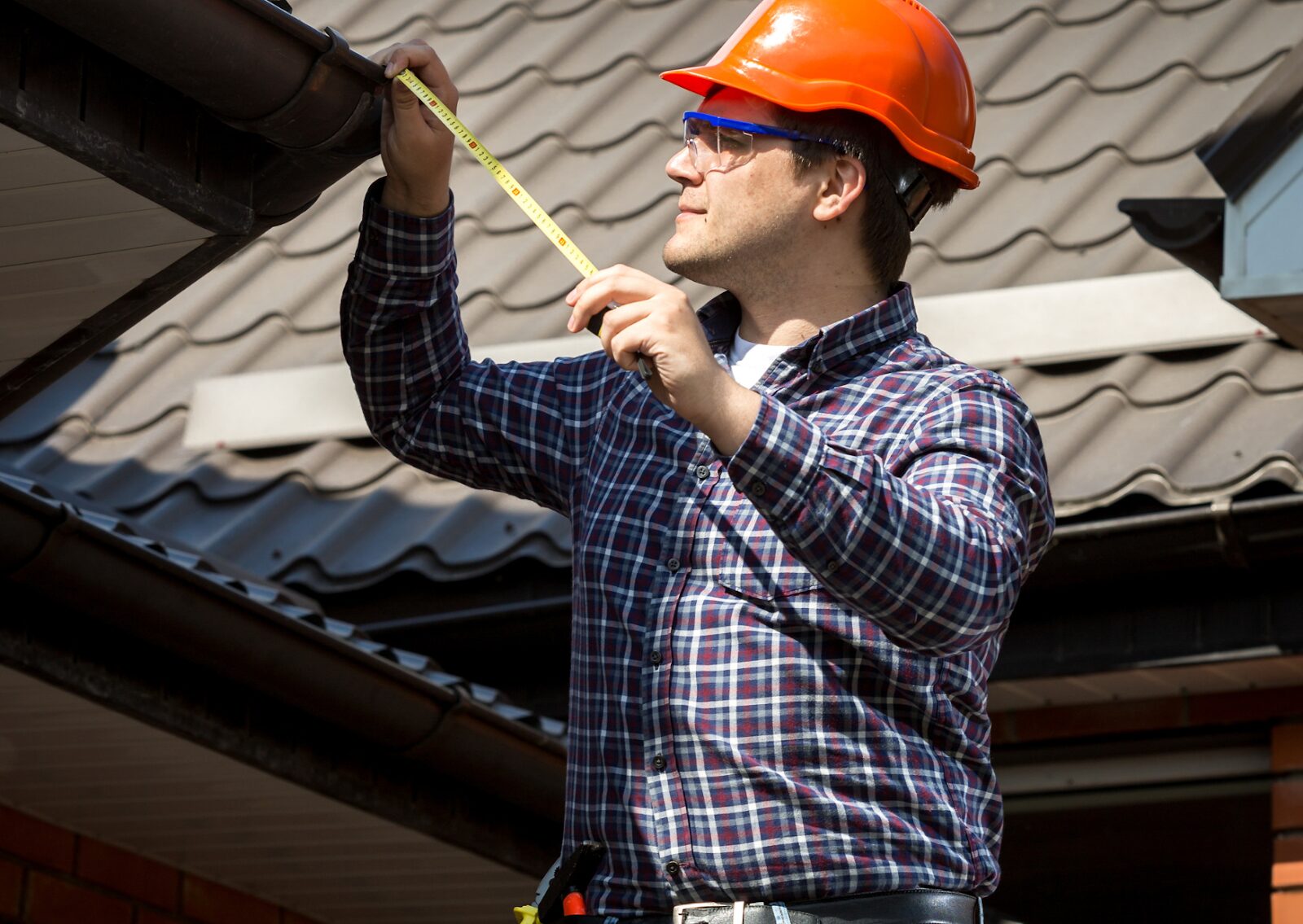
A proper roof inspection uncovers issues before they grow into major expenses. During an inspection, the roof sheathing, flashing, shingles, and even metal flashing around chimneys or vents are checked for wear and tear.
Having your roof inspected regularly, especially after storms, allows you to make informed decisions about minor repairs or possible roof replacement. Companies like M&E Painting and Roofing offer this service as part of a comprehensive approach to protecting homes.
What Are the Most Common Causes of Roof Damage?
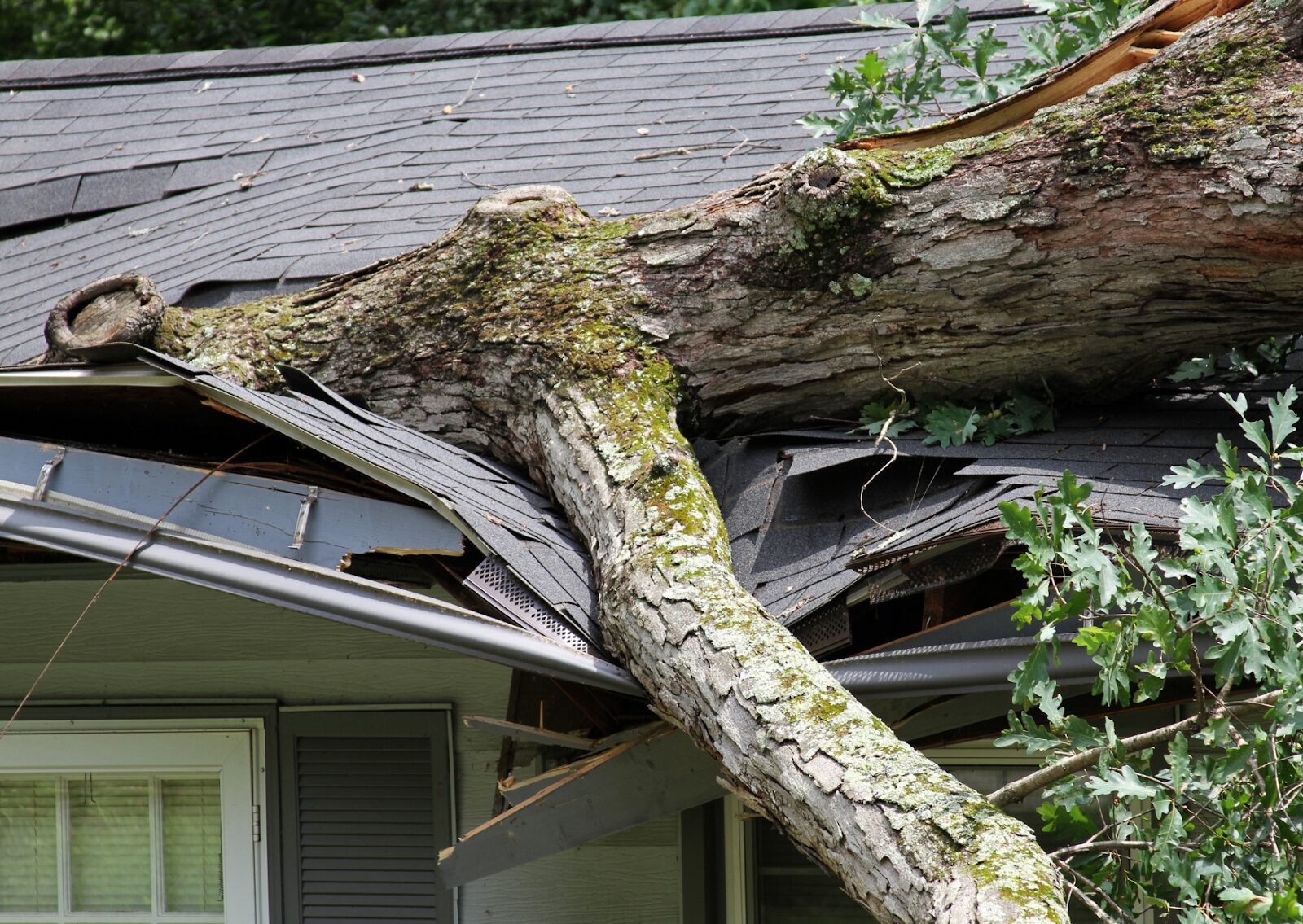
Roof damage can be caused by several factors. Natural disasters such as hail, heavy snow, or fallen trees can inflict sudden harm. Long-term exposure to the elements without regular roof maintenance can also cause moisture damage and rot.
Common culprits include poor roof installation, clogged gutters that lead to water back-up, and general aging of roofing materials like composite shingles, tile roofs, or wood shakes. Even skylight repair needs can arise from improper flashing.
How Do You Handle Minor Repairs Before They Become Costly Repairs?

Minor repairs can often be completed in a few hours and cost far less than a full overhaul. Catching issues early, such as missing shingles, flashing detachment, or roof leak repair, can prevent expensive repairs later on.
Ignoring minor issues leads to increased roof repair costs, especially if leaks spread to internal insulation or support beams. Maintenance, cleaning, and even pressure washing can help maintain your roof’s peak condition.
What Does the Roof Installation Process Typically Involve?
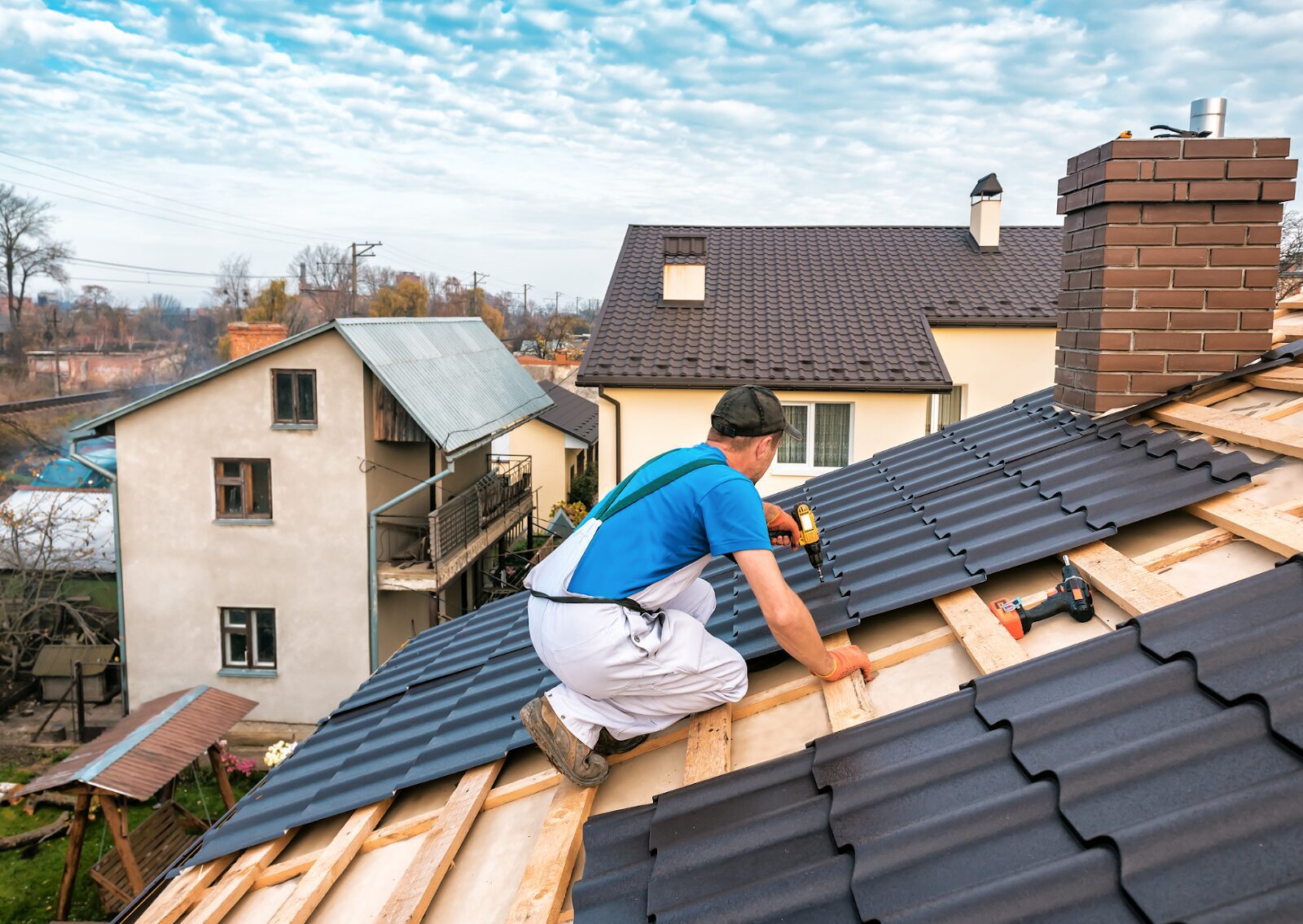
Replacing or installing a new roof involves several steps. From choosing the best roof type to prepping the structure and ensuring code compliance, each phase requires expertise.
What Should You Know About Roof Type and Materials?
Whether you’re selecting a metal roof, composite shingles, or a slate roof, your choice impacts cost, durability, and energy efficiency. Consider your climate and home design before choosing.
How Long Does Installation Take and What Should You Expect?
A full roof installation can take anywhere from a day to a week, depending on the square foot size, complexity, and labor costs. Expect noise, dust, and workers on-site throughout.
What Are the Best Practices for Working With Roofing Companies?
Choose licensed roofing contractors with strong reviews. Ask about insurance, warranties, and how they handle post-project cleanup. M&E Painting and Roofing is known for clear communication and reliable results.
How Much Does It Cost to Repair a Roof, and What Influences That Price?

The cost to repair a roof can vary widely. Minor patching may be inexpensive, while structural issues require more labor and materials. Average roof repair costs depend on:
- The roof type (flat vs. pitched)
- Scope of damage (cosmetic vs. structural)
- Material (e.g., asphalt shingles vs. metal roof)
- Local labor costs
A professional estimate will give you clarity on whether a roof replacement or small repairs make more financial sense.
When Should You Consider Replacing the Entire Roof?

There are times when repairs won’t cut it. If your roof is over 20 years old, or you’re dealing with extensive damage, a full roof replacement may be the only option. Widespread missing or damaged shingles, mold under the decking, and sagging lines are signs your entire roof needs replacement. This is also the time to explore options like composite shingles or metal roofs for added longevity.
What Should Be Included in a Professional Roofing Inspection Report?

A detailed inspection report should cover:
- The condition of the roof sheathing and shingles
- The presence of moisture damage, mold, or structural warping
- Notes on flashing, metal flashing, and sealants
- Suggestions for repair or roof replacement cost
Why Are Composite Shingles a Popular Option?
Composite shingles offer durability, low maintenance, and affordability. They mimic the look of a slate roof or wood shakes while remaining cost-effective.
How Does Roofing System Design Impact Longevity?
A well-designed roofing system ensures even water runoff, proper insulation, and fewer maintenance issues. Gutter placement and attic ventilation matter more than you think.
What Role Does Energy Efficiency Play in Choosing Materials?
Energy efficiency matters. Light-colored shingles, reflective roofing materials, and proper insulation can reduce cooling costs.
How Do You Know When You Need a New Roof?

A new roof is needed when patching no longer holds. Consider a replacement if you’ve had repeated roof leak repairs or your roof inspection reveals widespread deterioration. Also, if you’re planning to sell your house soon, investing in a new roof boosts your home’s curb appeal and can help justify a higher asking price.
What Is the Role of Homeowners’ Insurance in Roof Repairs?

Homeowner’s insurance policies can cover roof damage depending on the cause. Damage from natural disasters, fallen trees, or severe weather may qualify for insurance coverage. Speak with your insurance company about what your plan includes. Some homeowners’ insurance policies cover both minor repairs and a portion of roof replacement costs.
How Can Roof Repair Impact Your Home’s Curb Appeal and Value?

A well-maintained roof adds beauty and trust. Clean lines, matching roofing materials, and intact shingles improve the appearance instantly. Real estate professionals often point out roof condition during home showings. Something as simple as removing debris, patching damaged shingles, or choosing new materials like composite shingles can enhance the overall look.
What Questions Should You Ask Your Roofing Contractor Before Starting a Project?

Before any roofing project, ask about:
- Experience with residential roofing and commercial roof repairs
- Licensing and insurance
- References and warranty terms
- Cleanup process and timeframe
Companies like M&E Painting and Roofing make it easy by offering transparent quotes and reliable roofing services.
Should You Consider a Flat Roof, Metal Roof, or Slate Roof?

Choosing your roof type comes down to style, budget, and performance needs.
- Flat roofs are ideal for modern designs and easy maintenance
- Metal roofs last long and resist harsh weather
- Slate roofs offer premium durability and a timeless look
Talk to your roofing contractor about which one fits your home and climate best.
Ready for a Roof Repair or Inspection? Here’s Your Next Step

If your roof hasn’t been checked in a while, or you’ve noticed signs of wear, don’t wait. Call a professional roofer to get your roof inspected. Whether it’s small repairs, a roof installation, or a full roof replacement, taking action now saves time, money, and stress.
Ask for a written report, a clear estimate, and list of materials before starting your roofing project. If you’re in Northern Colorado, M&E Painting and Roofing is a trusted name for roofing services that get the job done right the first time.
Final Thoughts
At the end of the day, we want to feel confident that our homes are protected from above. That’s why staying informed on your options for roof repair for homes, understanding the warning signs, and working with trustworthy roofing companies is essential. Our roof doesn’t just shield us from the elements, it protects our peace of mind.
Make the right call today and take proactive steps toward a safer, stronger home.
Frequently Asked Questions:
1. How do I know if I need a roof repair or a full roof replacement?
Look for signs such as widespread roof damage, multiple missing or damaged shingles, mold, or sagging rooflines. A professional inspection will help determine if minor repairs will suffice or if you need a full roof replacement.
2. What is typically included in the roof repair process?
The repair process usually includes identifying problem areas, roof leak repair, debris removal, replacing damaged shingles, sealing gaps, and checking flashing. The scope may vary based on the extent of the roof damage.
3. How often should I get my roof inspected?
You should have your roof inspected at least once a year, and especially after severe weather events like hail, snow, or strong winds. Routine roof inspections help catch issues early and prevent expensive repairs.
4. Are roof repairs covered by homeowner's insurance policies?
Most homeowners' insurance policies cover roof repairs caused by sudden events like storms or fallen trees, but not those caused by wear and tear or lack of maintenance. Always check your insurance coverage and consult your insurance company.
5. How much do roof repairs cost?
Roof repair costs vary based on the square foot of the damaged area, labor costs, and the roofing materials needed. Minor fixes may cost a few hundred dollars, while major repairs can run into the thousands.
6. What roofing materials are best for residential roofing?
Common options include asphalt shingles, composite shingles, metal roofs, tile roofs, and slate roofs. The best material depends on your climate, budget, and desired energy efficiency.
7. How long does it take to repair a roof?
Most minor repairs can be completed in a few hours, while larger jobs may take a full day or more. The timeline also depends on the weather and accessibility of your roof type.
8. What are the signs that I may need roof leak repair?
Watch for water stains, dripping water, mold, or musty odors in the attic or ceiling. These often indicate you need prompt repairs to prevent further damage.
9. What should I ask a roofing contractor before hiring them?
Ask about licensing, insurance, warranties, experience with residential roofing, and the expected timeline. Reliable roofing companies like M&E Painting and Roofing will provide clear answers and written estimates.
10. Can pressure washing help maintain my roof?
Yes, but it must be done carefully. Pressure washing removes moss and dirt but can damage certain materials if the pressure is too high. It's best handled by professionals during regular roof maintenance.
